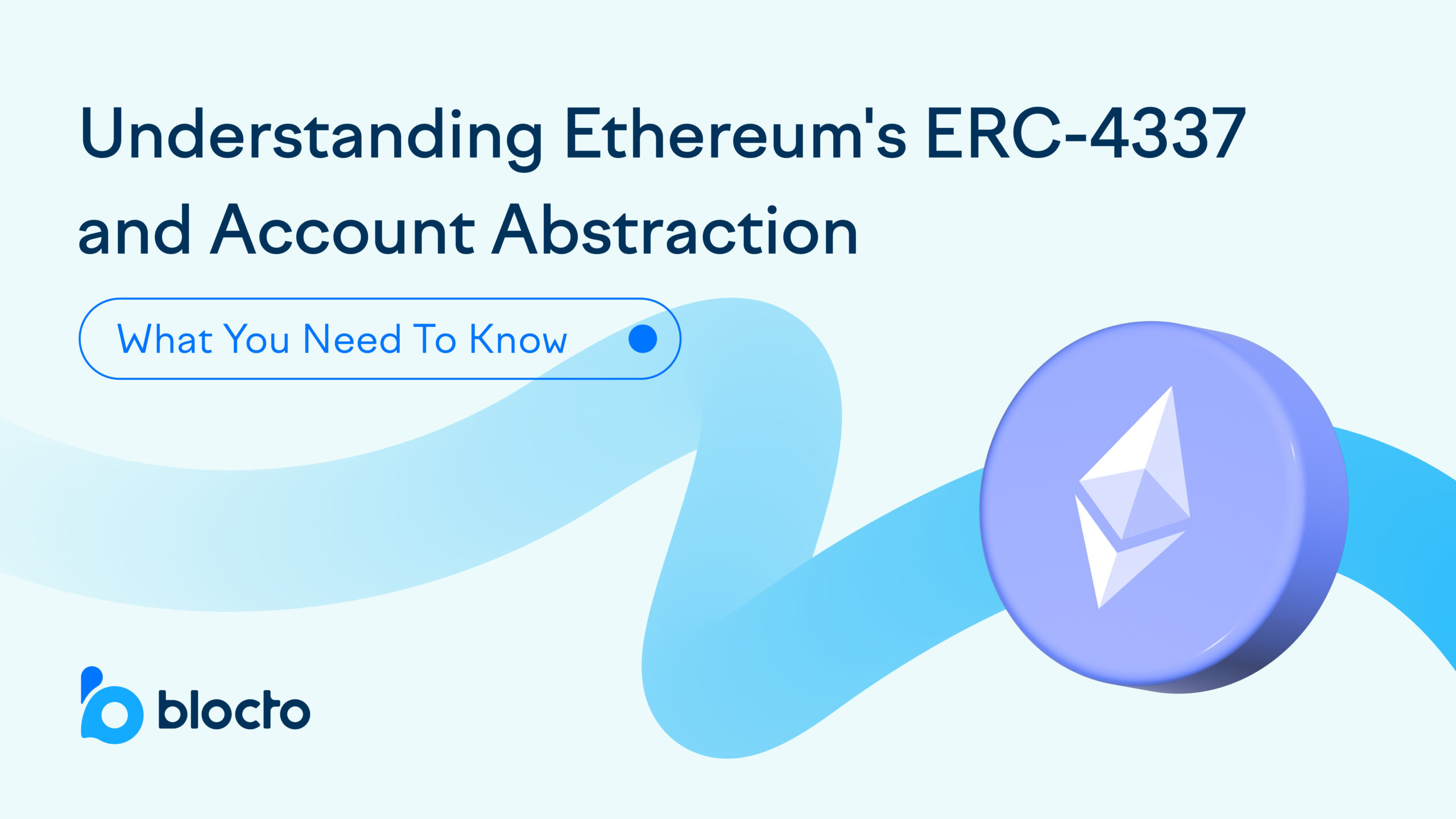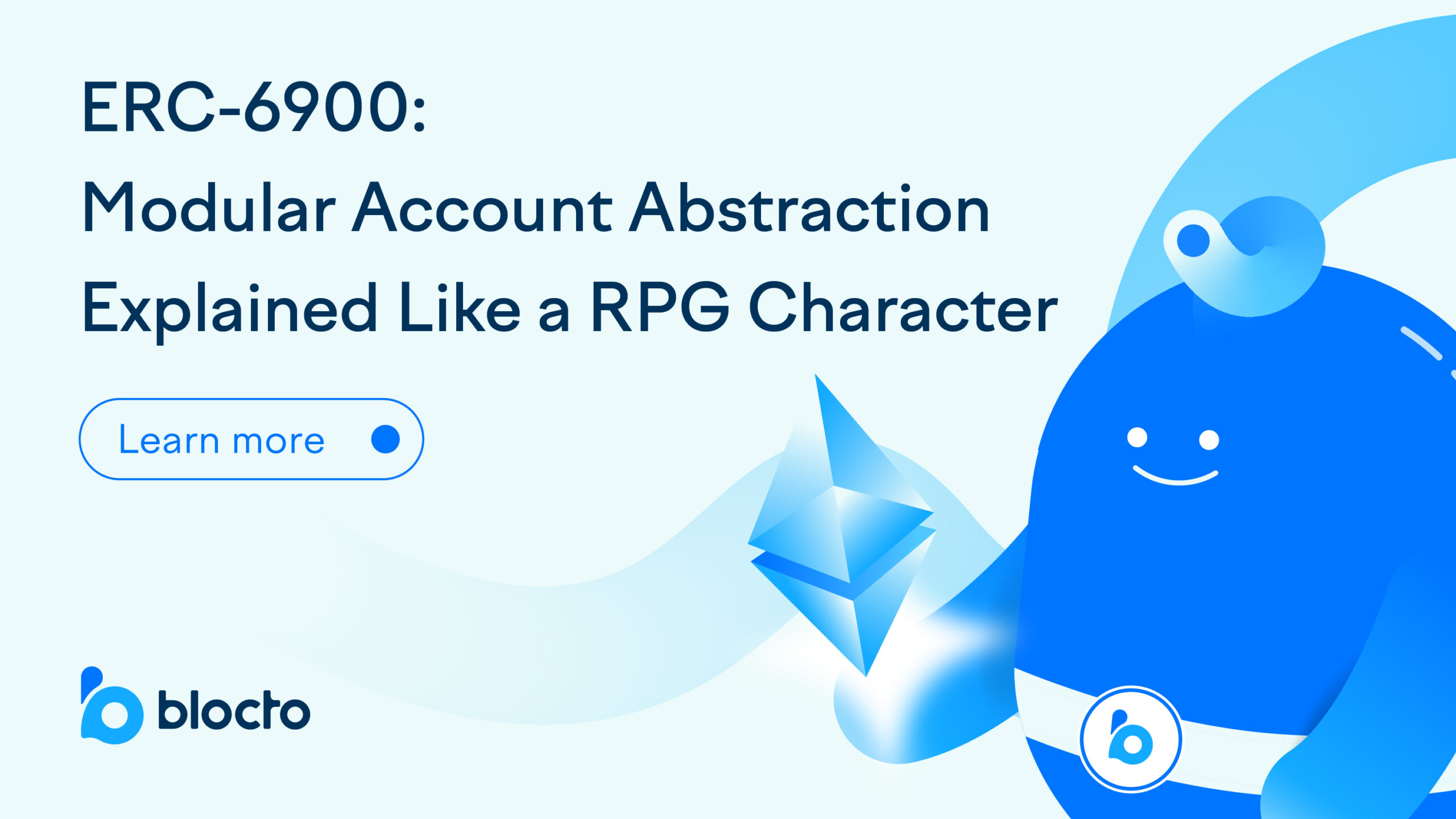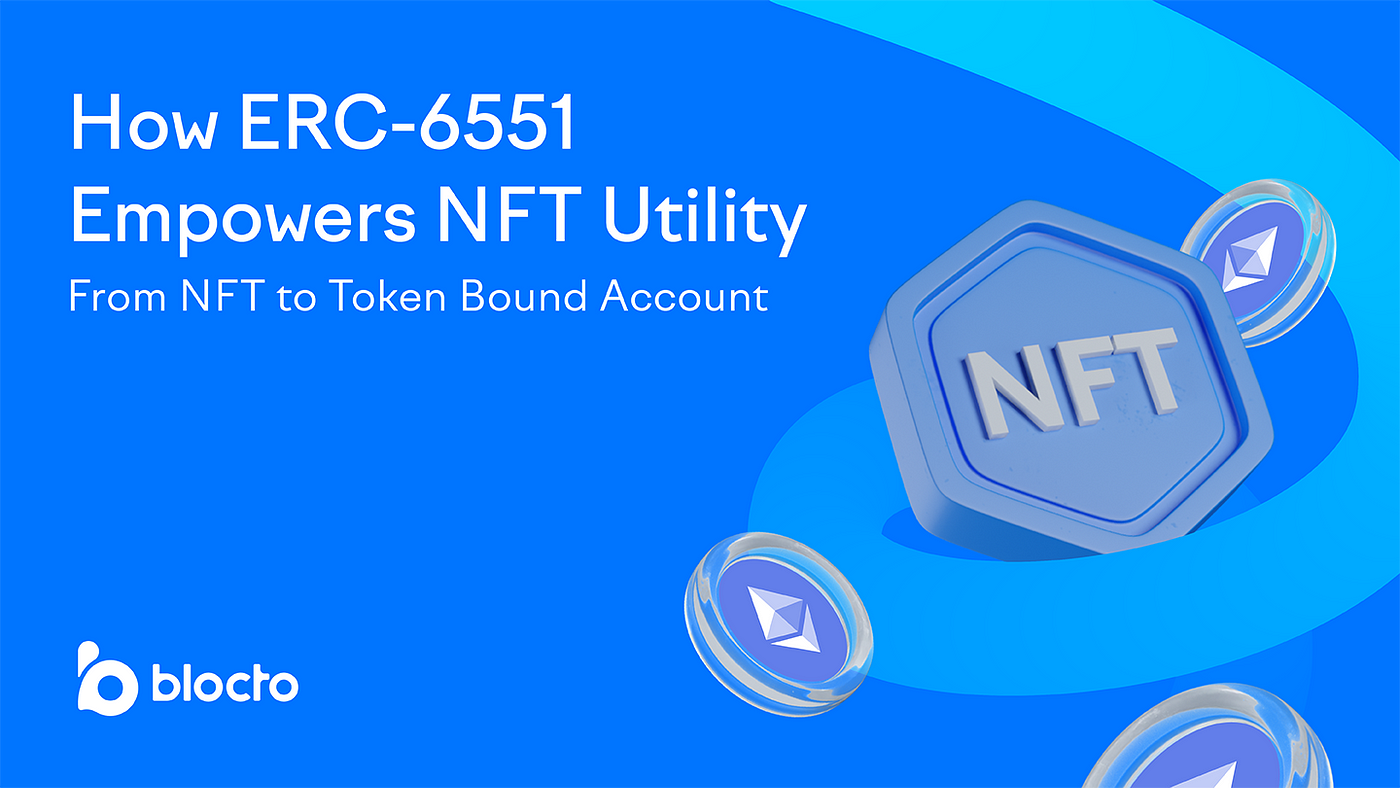
As a developer in the blockchain space, you’ve probably heard of Ethereum’s ERC-4337 and account abstraction. But how much do you know about them and their benefits for the Ethereum ecosystem? In this article, we’ll dive into the details of ERC-4337 and account abstraction, then explain why they are important for developers in the Ethereum Virtual Machine (EVM) ecosystem. Whether you’re a seasoned Ethereum developer or just starting out, understanding these concepts will help you build exponentially more efficient and secure applications on the Ethereum network. So, let’s get started!
Introduction
As you may already know, Ethereum is an open-source, decentralized platform that enables developers to build decentralized applications (dApps) on the blockchain. The Ethereum Virtual Machine (EVM) is a key component of the Ethereum ecosystem (think of it as the engine for Ethereum), providing the computational power necessary to execute smart contracts and run decentralized applications. To make the EVM more efficient and secure, the Ethereum Foundation introduced a new proposal called EIP-4337–which eventually became the standard ERC-4337–and a concept called account abstraction–which we will review next, followed by a brief introduction to ERC-4337 and then considerations for developers.
What is Account Abstraction (AA)?
Account abstraction is a proposed concept that separates the account model from the EVM to enhance security and efficiency in the Ethereum ecosystem. Presently, each account in the EVM requires a balance to be associated with a private key to execute a smart contract. Account abstraction, on the other hand, suggests that accounts be decoupled from specific private keys and controlled by multiple keys, thus providing greater flexibility and mitigating the risk of key loss or theft.
Account abstraction merges the features of Externally Owned Accounts (EOA) and smart contract accounts into a single contract account, which enables an Ethereum account to function as both a traditional EOA and a smart contract account concurrently. This advancement means that only one account is necessary to transact with tokens, create contracts, and execute smart contract functions. Additionally, account abstraction opens up new possibilities for wallet designs, such as social recovery, customization, and upgradeability. In the next section, we’ll delve deeper into ERC-4337, which was deployed to implement account abstraction.
What is ERC-4337?
ERC-4337 is the latest deployed standard in the Ethereum ecosystem, stemming from Ethereum Improvement Proposal (EIP) 4337. Proposed by co-founder Vitalik Buterin and other developers in 2021, ERC-4337 was deployed on the Ethereum mainnet in March 2023. Think of ERC-4337 as the technical basis for a new method (account abstraction) to handle accounts.
Prior to EIP-4337, there had been other proposals with the objective of achieving account abstraction via consensus-layer changes; however, ERC-4337 goes around this using a different approach.
How ERC-4337 works
ERC-4337 brings smart contract functionality to wallets in a single account. This means that developers can set up services like multi-factor authentication and automatic payments with ease. Essentially, the implementation of ERC-4337 will herald a new era of user-friendly wallet designs. With the flexibility of account abstraction (more on this in the next section), developers can build wallets with enhanced security, convenience, and functionality.
ERC-4337 introduces a higher-layer pseudo-transaction object known as an “UserOperation.” Think of them as another version of rollups within the realm of bundling. Network users essentially assign these UserOperation objects into another mempool, which then are packaged into transactions by bundlers, who are similar to validators. Moreover, bundlers are not only paid in fees from UserOperation executions, but also need to pay gas for those packaged transactions. Ultimately, any bundler can join in on this decentralized process.
To get a more in-depth understanding of how ERC-4337 works, you can read this comprehensive article.
What it means for Ethereum ecosystem
ERC-4337’s integration into the Ethereum network should be viewed as a milestone for blockchain/enthusiasts, developers, and anyone else in the EVM-compatible ecosystem. Here are some reasons why:
- ERC-4337 enables dApp-sponsored gas fees
- Streamline user experience via pre-approving transactions
- Increased security from social account recovery leading to wider adoption of blockchain/crypto
As a developer, it’s essential to keep up with the latest developments in the Ethereum ecosystem. The next section will dive deeper into the benefits, challenges, and solutions of ERC-4337 and AA for developers.
Benefits of ERC-4337 and Account Abstraction for developers
ERC-4337 and account abstraction can benefit developers in several ways. However, there are also potential challenges developers may face. Despite these challenges, developers do not need to worry as there are solutions available like those provided by OpenBlocto.
Improved interoperability and scalability
ERC-4337 standardizes the transaction format across the Ethereum ecosystem, which improves interoperability and scalability. Developers can create wallets that work seamlessly with other wallets and blockchain platforms. This also allows bundlers to sponsor transactions with discounted fees, benefiting the development of dApps that require high transaction throughput.
Flexible account management
ERC-4337 and account abstraction enable a significantly more secure and flexible approach to account management in Ethereum by decoupling the account model from the EVM. This allows a single Ethereum account to function as both a traditional EOA account and a smart contract account, which means developers no longer need to manage separate accounts for each type of transaction, allowing for developers to be able to create wallets with more customization and upgradeability, and features like social recovery.
Lowering risk of passkey loss
Lastly, ERC-4337 and account abstraction exponentially reduces the risk of key loss or theft by allowing accounts to be controlled via multiple private keys, offering unparalleled security for end-users. This is crucial for wider adoption of not only blockchain technology, but also the solutions developers can provide for end-users.
Potential challenges and vulnerabilities
While ERC-4337 and account abstraction offer several benefits to developers, they may also present some challenges. One of these challenges is the potential for exploitation as greater flexibility introduces new vulnerabilities and dependencies. Additionally, compatibility issues with existing wallets or applications that do not support the new standard may arise. Another concern is the need for users to trust dApps more, including bundlers or other third parties with their transactions. This hurdle may be significant for some users. However, developers need not worry as there are solutions available to address these challenges, and Blocto is ready to support developers in overcoming any difficulties that may arise. Check out our blog for more helpful developer content!
OpenBlocto as a solution
OpenBlocto is the starting ground for account abstract-related standards and protocols. With OpenBlocto, an account abstract wallet can update its implementation, enabling users to easily transfer their accounts from one wallet provider to another. OpenBlocto has three distinct key features:
- Open-source: BUIDLers can directly contribute to the code and share resources
- Adoption-friendly: Creators can reuse our work to refine your building process
- User-intuitive: Users can transfer their own AA wallets to OpenBlocto to suit their needs
OpenBlocto’s features can effectively address the potential challenges mentioned in the previous section, such as compatibility issues and user trust. Therefore, OpenBlocto is an ideal platform for developers to consider building on.
Conclusion
Ethereum’s ERC-4337 and account abstraction are important notions in the grand scheme of wider adoption of blockchain technology. They aim to not only make the Ethereum ecosystem more efficient and secure, but also revolutionize the way we design crypto wallets. By introducing new account types and decoupling accounts from private keys, these proposals can benefit developers by enabling them to create more flexible and secure smart contracts.
We hope this article has provided you with a clear understanding of ERC-4337 and account abstraction, and we encourage you to continue exploring the Ethereum ecosystem to discover more ways to build innovative and secure dApps.

